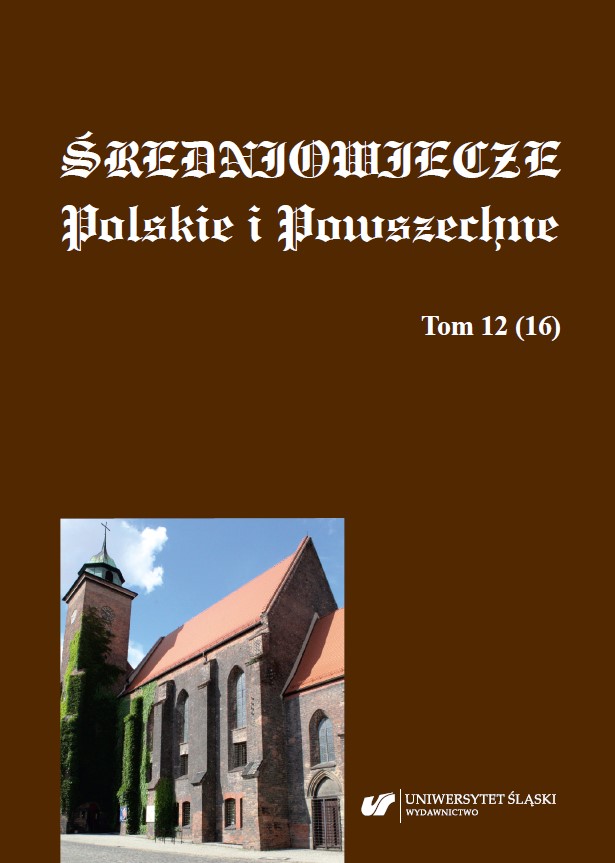W kręgu rywalizacji. Z dziejów Siedmiogrodu po bitwie pod Mohaczem
In the circle of competition: From the history of Transylvania after the Battle of Mohàcs
Author(s): Katarzyna Niemczyk-WiśniewskaSubject(s): History, Middle Ages
Published by: Wydawnictwo Uniwersytetu Śląskiego
Keywords: Moldavia; Poland; Jagiellonians; Transylvania; the Battle of Mohàcs
Summary/Abstract: The aim of the article is to present the history of Transylvania after the Battle of Mohàcs in 1526. The defeat of Hungary and the death of King Louis II the Jagiellonian in the battle changed the power structure in Central Europe. An agreement was made between the Jagiellonians and the Habsburgs in 1515; it was strengthened by marrying Louis the Jagiellonian to Maria Habsburg and by marrying Anna the Jagiellonian to Ferdinand Habsburg. After the death of Louis, who left no heir, the political power in Czech and Hungary was to go to the Habsburgs. However, there was no unanimous agreement on the candidate; as a result, a double election happened after the death of Louis the Jagiellonian. The gentry assembly in Székesfehérvár in November elected Jan Zápolya king, while the supporters of the Habsburgs elected Ferdinand at a competing assembly. The war became inevitable. Zápolya sought help in Turkey, hence Hungary became an area where two forces competed, the Habsburgs and Turkey. Transylvania, which was a part of the state of Hungary at the time, stood in the centre of the conflict. Transylvania remained in the focus of attention for Jan Zápolya and for Ferdinand Habsburg, but also for Petru Rareș, a Moldavian hospodar, and for the Sultan himself as well. The article aims to delineate this situation, with particular insight into the relations between Jan Zápolya, Petru Rareș, and Turkey.
Journal: Średniowiecze Polskie i Powszechne
- Issue Year: 12/2020
- Issue No: 16
- Page Range: 245-260
- Page Count: 16
- Language: Polish

